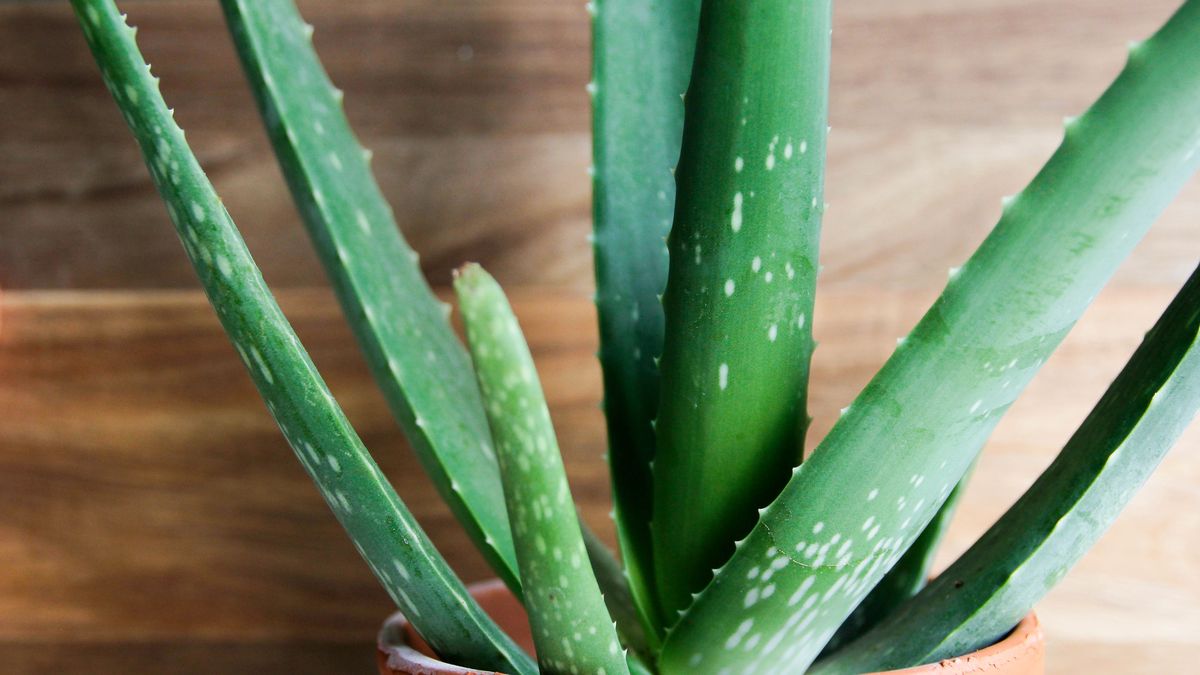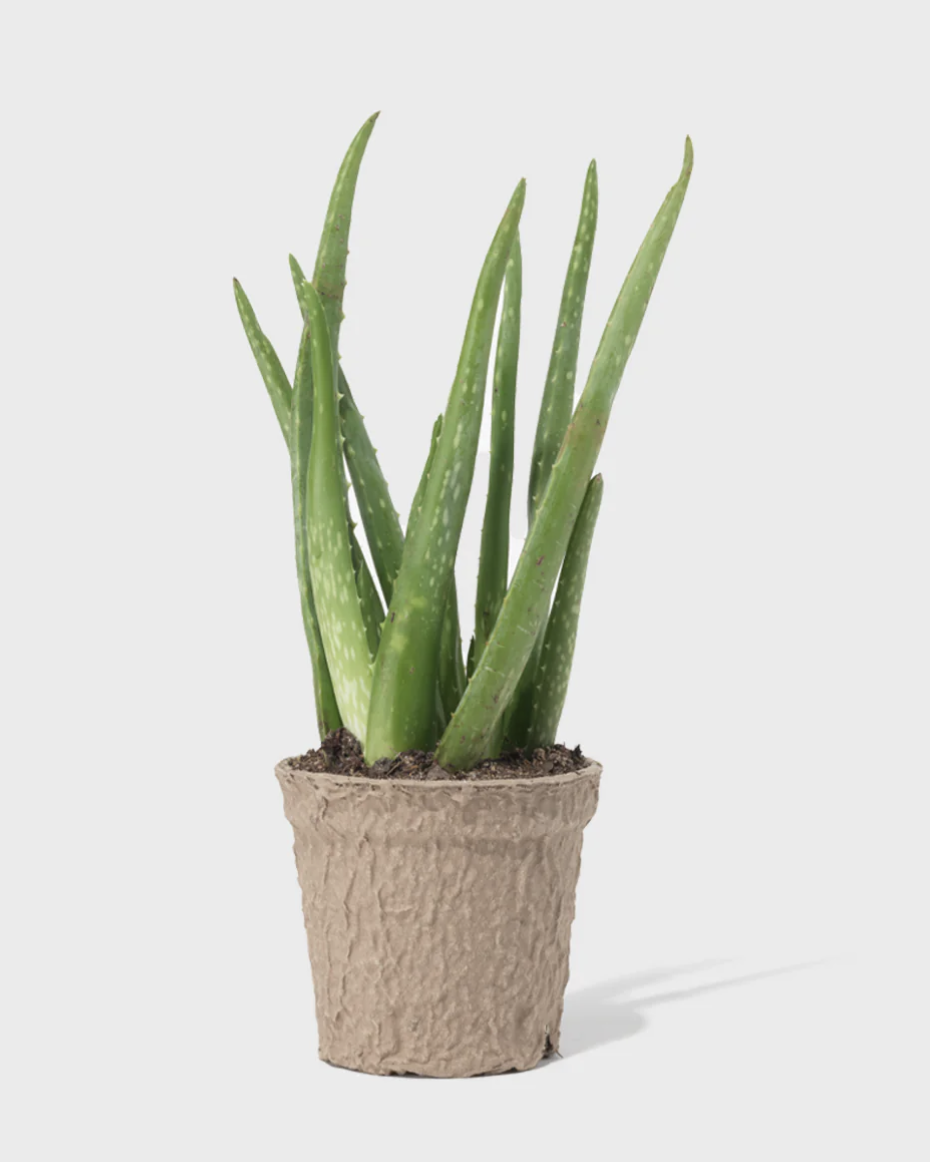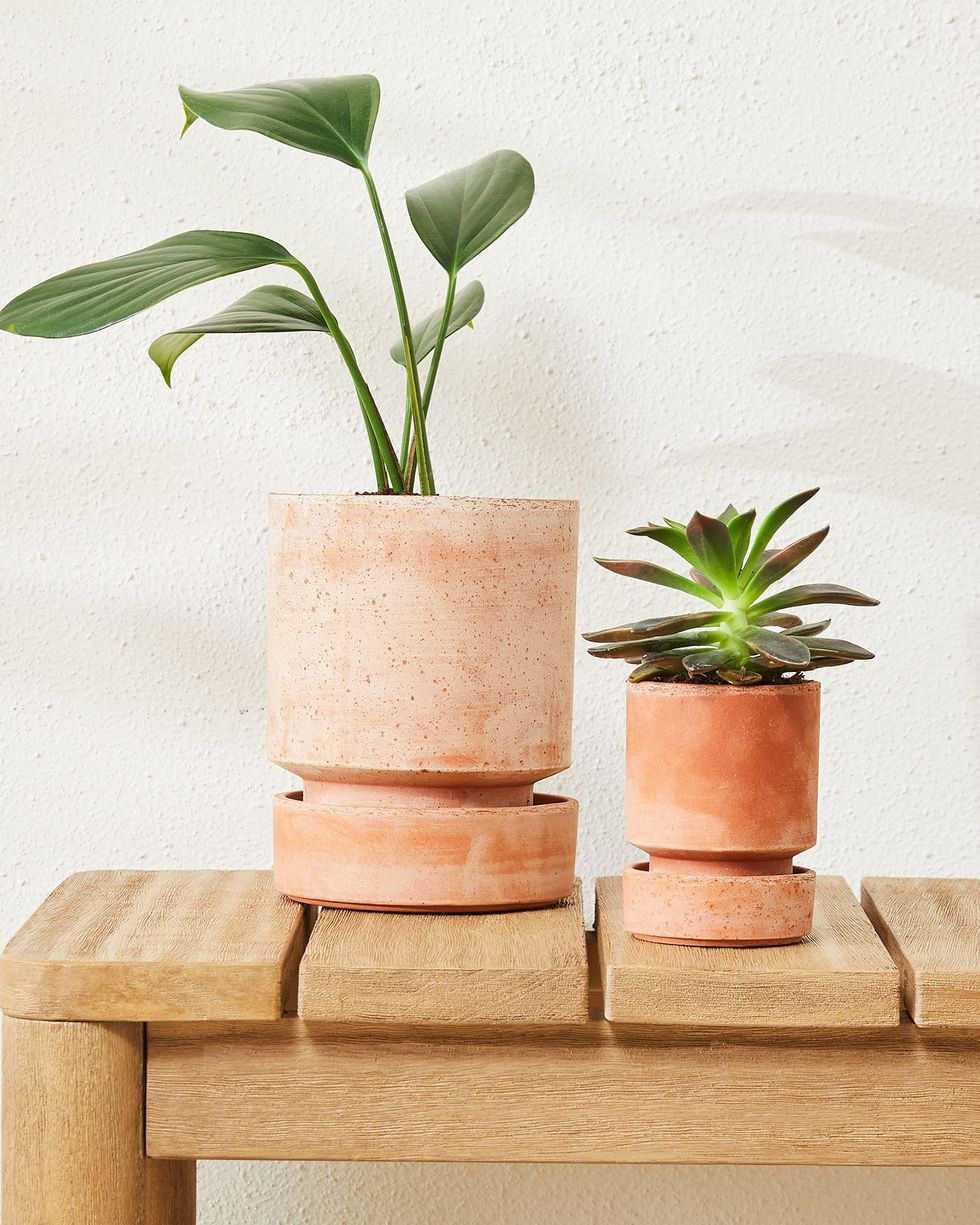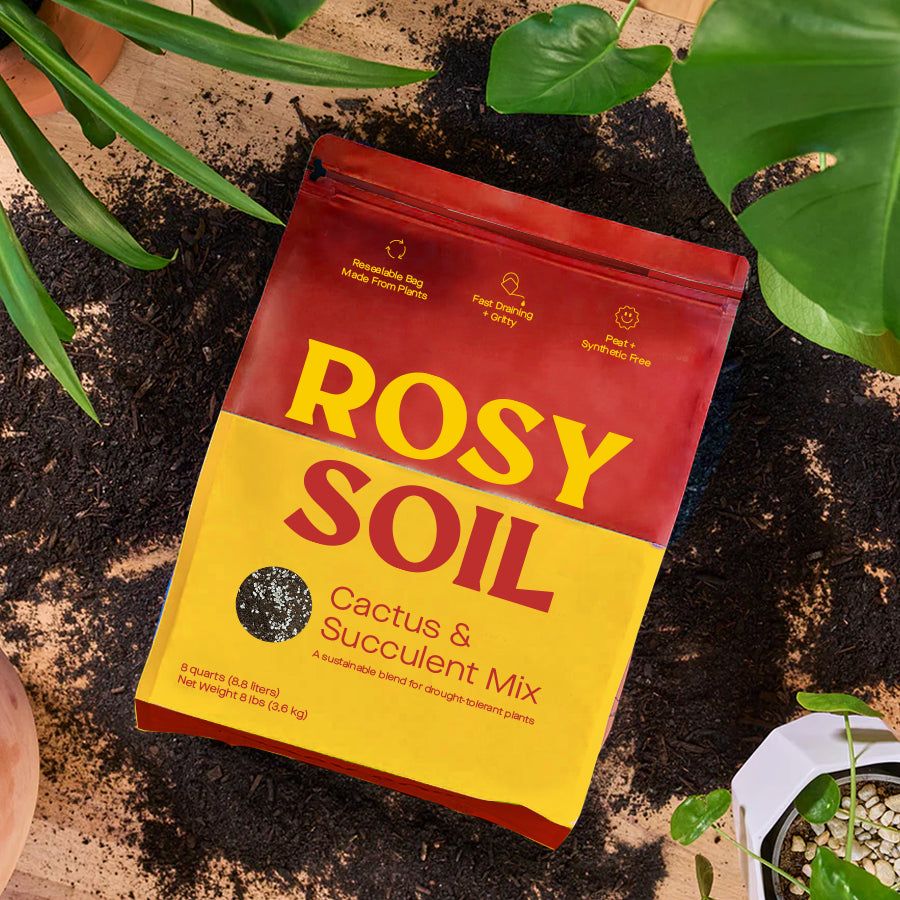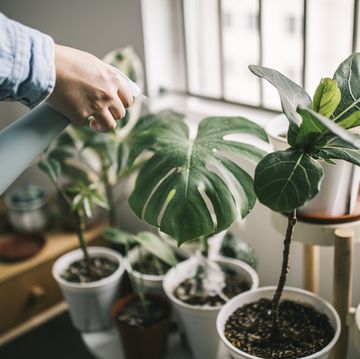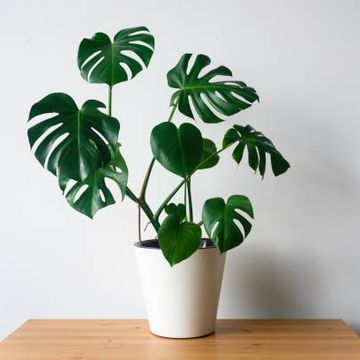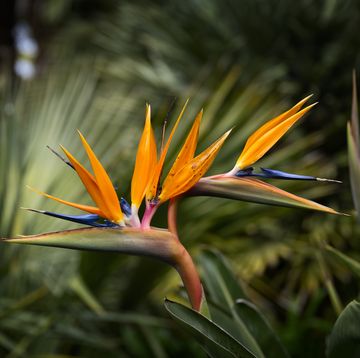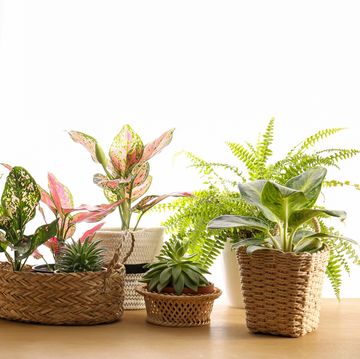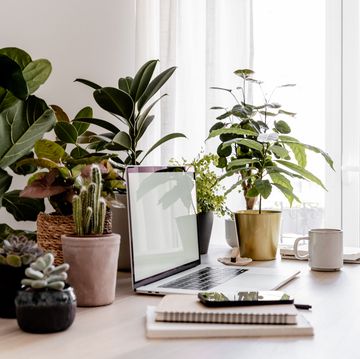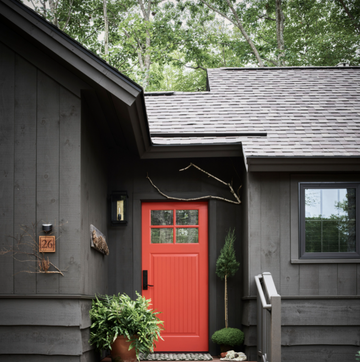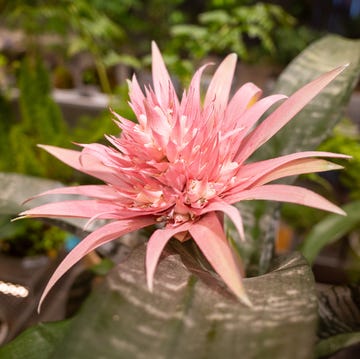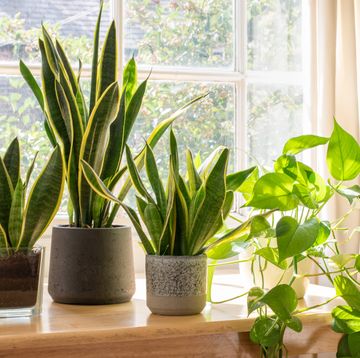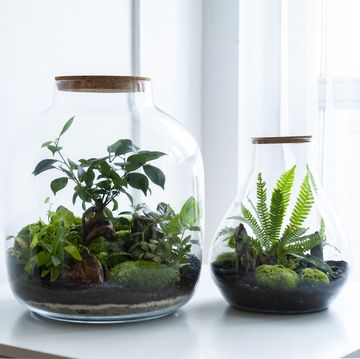Aloe vera plant care is pretty easy, so even beginner gardeners can keep this useful indoor plant alive. But that low-maintenance appearance can be deceiving. Growing aloe vera does take a little effort. This desert plant thrives in bright indirect light and extra-dry soil, so you need to find just the right spot in your house—and avoid overwatering it. It won't tell you that it's struggling by dropping any leaves, either. Once you settle into the right routine, it's well worth it, though. A healthy aloe vera plant has funky leaves that look as interesting as those of any succulent or cacti, plus it has gel you can harvest for many helpful uses, from treating sunburns to making your own moisturizer.
If you have an aloe plant at home or plan to buy one soon and want it to last, you need to know how to care for it properly. Ahead, Jen Stearns, owner of the Seattle plant boutique Urban Sprouts, which specializes in curating and maintaining greenery indoors, shares her expert tips on aloe vera plant care and how to keep yours alive and well.
Expert Aloe Plant Care
Watering
A cactus-like plant, aloe is used to extremely hot and dry climates. That means it's prone to overwatering. Rather than stick to a weekly schedule, check the soil's water level before giving your plant another drink. Poke your finger or a wooden skewer an inch or two into the soil; if you're still sensing some moisture, wait a few more days before watering. You want to let the soil dry out completely first.
Sunlight and Placement
Keep your aloe plant in a spot with bright indirect light. Despite its desert origins, aloe can get sunburned if it's suddenly put in too much light. If your aloe plant does get sunburnt, you'll see a white or light brown discoloration against the green leaves. Once burnt, the leaves will stay that color.
Aloe is also sensitive to drastic fluctuations in temperature. Keep your plant away from drafty doors and windows, especially in the winter. This also means that you shouldn't place your plant directly in the path of your air-conditioning or heating vents.
Soil
Aloe is a succulent, so soil with ample drainage is absolutely key. A succulent soil mix is ideal, but you can also opt for a standard potting soil and mix in pearlite or sand.
Temperature and Humidity
Aloe is native to arid and tropical environments, meaning it loves warm weather. Specifically it prefers temperatures between 55 and 85 degrees. Aloe cannot tolerate frost, so if yours is potted outdoors, you need to move it inside for the colder months. Aloe doesn't require any additional humidity; your standard indoor air conditions are just fine.
How to Repot an Aloe Vera Plant
To determine the right size pot, measure an inch or two larger than the root ball or nursery pot. A larger pot ensures that your plant's roots can expand and grow without smothering each other. You should also set your plant up in a pot with good drainage. You can use rocky soil, drainage rocks, or a pot with a hole in the bottom—you just want to be sure that your plant's roots have plenty of room to breathe.
Can You Propagate Aloe?
Yes! You can trim off the pups (the offshoots that grow at the base of the plant) and put them in their own pot to grow a new aloe vera plant. The pups have their own root system already, so there's no need to germinate or sprout them before you plant them. Just set the pots in a sunny window and be patient—it may take three or four months for the propagated leaves to take root and new growth to begin.
How to Harvest Aloe
Freshly harvested aloe gel is great for treating skin irritations and sunburn. However, aloe plants grow very slowly. If you plan to harvest your plant's leaves for gel, you should wait until it's six to eight inches tall and has 10 or more leaves before you start trimming any off. When it's big enough and you want to use some, select the leaves from the bottom and work your way upward. Once a leaf has been cut or removed, it won't grow back. All new growth will come from the top of the plant.
Common Issues With Aloe Plants
Pests and Insects
Aloe vera can fall victim to mealybugs, aloe scale, and aloe mites, but it's nothing a treatment of water and neem oil can't remedy. Mealybugs congregate at the base of the plant; you can get rid of them by spraying them with a strong stream of water and wiping the plant down with a damp cloth. For mites, prune the infected tissue to keep your plant, and any others around it, safe from harm. Aloe scale looks like gray ridges along the edge of the leaves. While it's not fatal to the plant, it is unsightly. Wipe down your plant with a mixture of insecticide, rubbing alcohol, and water.
Mushy Leaves
Overwatering is a very common problem for succulents, especially aloe vera. If you notice your plant's leaves feel soft to the touch, you're overwatering it. Move the plant to a sunnier spot and stop watering it for a week or so to let the soil dry out. In severe cases, overwatering can lead to root rot, which no amount of sunshine can fix.
Breaking Leaves
Aloe leaves have been known to bend and break, but they aren't supposed to break easily. This condition tells you your plant isn't getting enough light to grow stiff, healthy leaves. Move the plant to a bright spot for awhile. A windowsill or under a grow light is great.
Aloe Vera Plant FAQs
Is Aloe Vera a Cactus?
No. Aloe often looks similar to cactus plants, but it's a succulent.
How Long Do Aloe Plants Live?
With the proper care and the right environment, aloe plants have a life span of up to 12 years. Outdoors, however, aloe plants can live for up to 20 years, especially if they're planted in an environment that mimics their natural desert habitat.
